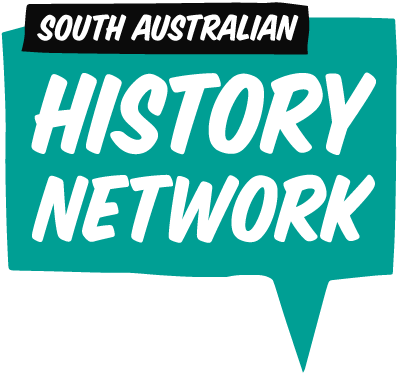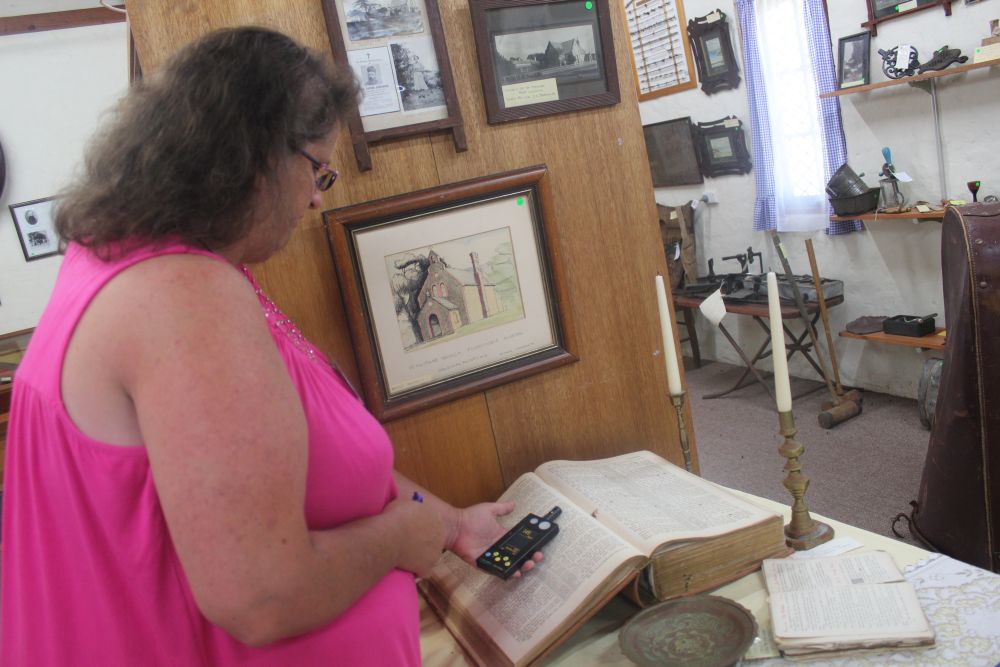A new storeroom was officially opened at Axel Stenross Maritime Museum in Port Lincoln on Wednesday 19 March. A small evening reception was held to celebrate the occasion on the museum’s verandah with a pleasant sea view. Guests included those attending the History SA/Artlab Caring for Collections workshop held over two-days in the Port Lincoln Civic Centre. Museum Committee President Max Sims and Secretary Andrew Chappell both gave small speeches paying tribute to the support of History SA, prior to Pauline Cockrill, History SA’s Community History Officer, officially opening the storeroom.
The museum received $7,500 through History SA’s 2012-3 Community Museum Program grant round to construct and equip the new storeroom, in what was described as ‘almost the last available space on the site’ in an awkward corner between two existing buildings. The area was constructed solely by museum members, showing considerable resourcefulness in their use of many recycled building materials and equipment. Particularly impressive was the picture rack created from surplus metal framework donated by a local business. By carefully stacking their paintings and other 2D works of art in this manner, individually wrapped in Tyvek, they demonstrated an understanding of best museum practice.
Axel Stenross Museum is one of 61 registered and accredited museums in History SA’s standards program and is thus eligible to apply for funding through their Community Museums Program.
Founded in 1983, the museum was established around the simple residence and buildings belonging to Finnish boat builder Axel Stenross. Since then the museum has developed substantially and not only tells Axel’s story but also the maritime history of Port Lincoln and Eyre Peninsula generally, with a large collection of historic boats and associated artefacts. In more recent years the museum has added an upstairs meeting room and archives area, a small auditorium downstairs and a series of interpretive touch screen stations throughout the galleries. The museum is a great example of community initiative, pride and hard work.
More photos of the opening can be seen here





Recent Comments